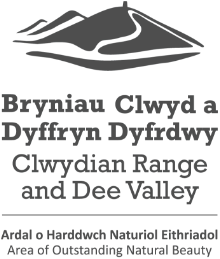[vc_row inner_container=”no” padding_top=”0″ padding_bottom=”0″][vc_column z_index=”10″][rev_slider_vc alias=”aonb-enjoying-the-aonb-12″][vc_row_inner css=”.vc_custom_1573812755044{margin-top: -150px !important;}”][vc_column_inner][/vc_column_inner][/vc_row_inner][/vc_column][/vc_row][vc_row section_type=”alternate” type=”color” bg_color=”#ffffff” padding_top=”85″ padding_bottom=”0″ border=”bottom” el_class=”ov-hidden”][vc_column z_index=”10″ css=”.vc_custom_1573812851604{background-color: #ffffff !important;}”][vc_row_inner equal_height=”yes” gap=”35″ css=”.vc_custom_1574167728107{padding-top: 35px !important;padding-right: 40px !important;padding-bottom: 35px !important;padding-left: 40px !important;}”][vc_column_inner width=”1/2″ css=”.vc_custom_1573817089472{margin-top: 15px !important;margin-right: 15px !important;margin-bottom: 15px !important;margin-left: 15px !important;padding-top: 0px !important;padding-right: 0px !important;padding-bottom: 0px !important;padding-left: 0px !important;}”][vc_column_text]
Caring for the AONB
[/vc_column_text][vc_column_text text_color=”#333333″ el_class=”aonb-body”]Heather moorland supports a number of rare animals and plants including the black grouse, hen harrier and other upland birds. But over the past 50 years more than half of the world’s moorland has disappeared – and much of the rest is in poor condition.
Three-quarters of the world’s remaining heather is here in the UK, which makes the 3,000 acres of heather moorland that carpets the Clwydian Range and Dee Valley AONB of international importance for conservation. Indeed along with the grass moorland the AONB forms the largest area of undeveloped wildlife habitat left in Wales.
Although it is thought of as a wild and natural landscape it has actually been created through continuous management by people over many centuries. Its survival depends entirely on maintaining the traditional system of grazing the hillsides with sheep which munch the fresh young vegetation, controlling the spread of trees and shrubs and keeping the heather and bilberry short.[/vc_column_text][/vc_column_inner][vc_column_inner width=”1/2″][vc_column_text text_color=”#333333″ el_class=”aonb-body”]All of this needs management to preserve this precious landscape. The AONB team, along with volunteers and local farmers and graziers, all work together to manage the moorland and ensure the skills of previous generations are passed on for the future. Every year they manage up to 120 acres of heather and bilberry by cutting or burning.
In recent times, as more people have come to appreciate the beauty of the area and have increased ability to travel here, management has also included a programme of enabling tourism while balancing increasing visitor numbers with protection of the very landscape they have come to see.
We want people to come and enjoy the Clwydian Range and Dee Valley AONB, but we also wish to make sure that everyone benefits, from our communities and local businesses to conservation projects and environmental initiatives, and of course the visitors themselves.
We can offer help and advice to anyone who lives or works within the AONB, and the protected areas around it, in terms of planning, management, and funding opportunities for any project that protects or enhances the area.[/vc_column_text][/vc_column_inner][/vc_row_inner][/vc_column][/vc_row][vc_row padding_bottom=”80″][vc_column][vc_masonry_grid post_type=”projects” max_items=”-1″ orderby=”rand” item=”2334″ grid_id=”vc_gid:1633686015461-ec8fa684-d868-7″ taxonomies=”269″][/vc_column][/vc_row]


